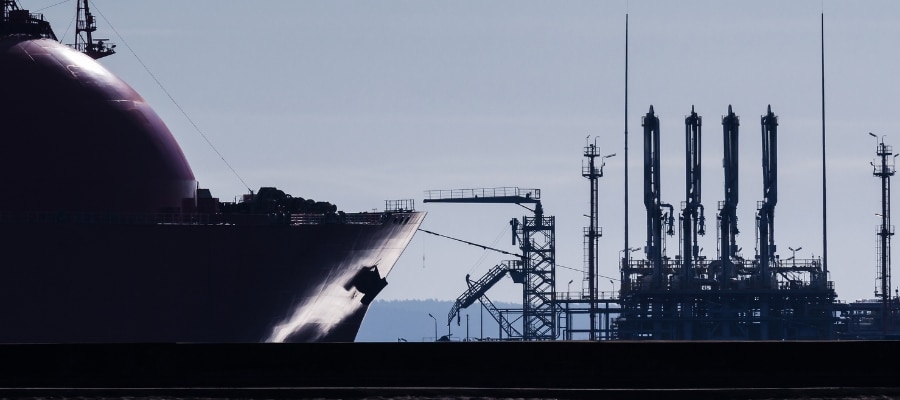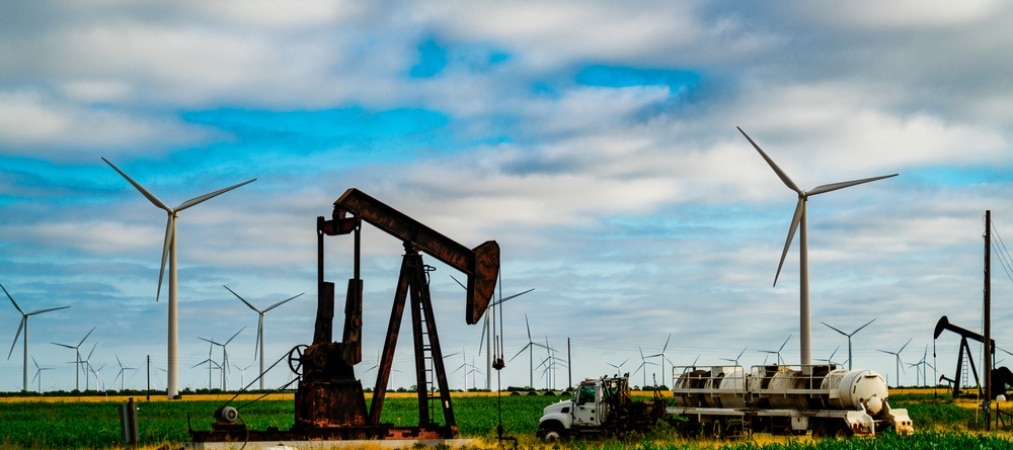The decarbonization of the power sector is a major challenge for limiting global warming to 1.5°C. It will not succeed without the banks’ contribution, which must now make a concrete commitment to supporting the sector’s transformation. To this end, Royal Bank of Canada (RBC) has committed to achieve US$25.9 billion [1] in annual financing for the low-carbon energy sector [2] by 2030, as well as tripling its financing for renewable energies. Although unprecedented among North American banks, this commitment will only enable Canada’s leading bank to fully align itself to limit global warming to 1.5°C if it is accompanied by an end to all support for the expansion of fossil fuels.
RBC published in March 2024 its Climate Report 2023 [3] and updated its Sustainable Finance Framework [4] with new commitments to transforming the energy sector. These publications include two changes: the adoption of financial targets dedicated to alternatives to fossil fuels, and the suppression of CO2 capture and storage (CCUS) technologies from the scope of energy sources and technologies covered by these targets.
An unprecedented financial target for low-carbon energies in North America
RBC committed to triple its annual financing to renewable energy, from US$3.7 billion in 2023 to US$11.1 billion in 2030, for all of RBC Capital Markets and Commercial Banking, and to increase total low-carbon yearly energy lending to US$25.9 billion by 2030 [5].
As a result, RBC became the first of the major North American banks assessed in the Sustainable Power Policy Tracker [6] to adopt a financial target dedicated to alternatives to fossil fuels. This commitment is particularly welcome at a time when some North American banks are backpedaling on their weak climate commitments, particularly about fossil fuels.
In committing to triple its financing for renewable energies, RBC is taking a step towards its goal of limiting global warming to 1.5°C. Indeed, in the International Energy Agency’s (IEA) ‘Net Zero Emissions by 2050’ (NZE) scenario, a trajectory to achieve this goal and a carbon-neutral energy system requires annual financing for the energy transition to be multiplied 2.3-fold between now and 2030.
A financial target independent of financing ratio considerations
However, the adoption of specific financial commitments for renewables and low-carbon energy, alone is insufficient. The deployment of alternatives to fossil fuels must replace the latter and not be superimposed on them, to reduce greenhouse gas emissions.
In practice, in IEA’s NZE scenario, annual financing to the energy sector needs to reach a ratio of 6:1 by 2030 [7]. In other words, for every dollar allocated annually to fossil fuels, six dollars should go to alternatives [8]. The IEA explicitly states that this ratio sets the course for financial players wishing to make a credible commitment to the transition [9].
Again, RBC has recently taken a first step, following an agreement recently reached with the New York City Pension Fund administrator. The Canadian bank has undertaken to publish the ratio of its financing to the energy sector [10]. This ratio, which JPMorgan and Citi have also undertaken to publish, will report financing allocated to fossil fuels in relation to financing allocated to “clean” energy [11].
Nevertheless, while it is positive that the banks recognize the importance of this ratio, its publication alone is not enough. According to Bloomberg New Energy Finance (BNEF), RBC’s energy supply financing ratio was 0.4:1 in 2022 [12], or just forty cents of a dollar allocated to “clean” energy for every dollar allocated to fossil fuels, a far cry from the 6:1 ratio. RBC must now adjust its ambitions to ensure it reaches 6:1 by 2030.
Persistent massive support for fossil fuels and their expansion
This commitment to achieving the 6:1 ratio will only be credible and truly compatible with limiting global warming to 1.5°C if it covers all support for fossil fuels, both direct and indirect across the whole value chain, and is backed up by actions on fossil fuels.
RBC’s commitments do not include an immediate stop to the expansion of fossil fuels, an essential factor in the energy sector’s transition. Today, the Canadian bank does not restrict its financial support to companies with expansion plans in the coal and oil & gas sectors [13] and still supports developers of new fossil fuel projects. In 2024, RBC has already contributed to several loans to companies actively developing new fossil fuel projects. For example, in January 2024, the Canadian bank participated in a US$750 million loan to EQT, a company specializing in fossil gas extraction [14].
While RBC’s commitment to publish its ratio for energy financing is welcome, the data available shows that the bank’s current ratio does not meet the level required by climate science. The Canadian bank needs to reinforce its target for financing low-carbon energy with a commitment to end all support for fossil fuel expansion immediately. It must also commit to achieving an energy financing ratio of 6:1 by 2030, using a robust definition of sustainable power [15]. By doing so, RBC can show its determination to make a credible commitment to the energy transition.



